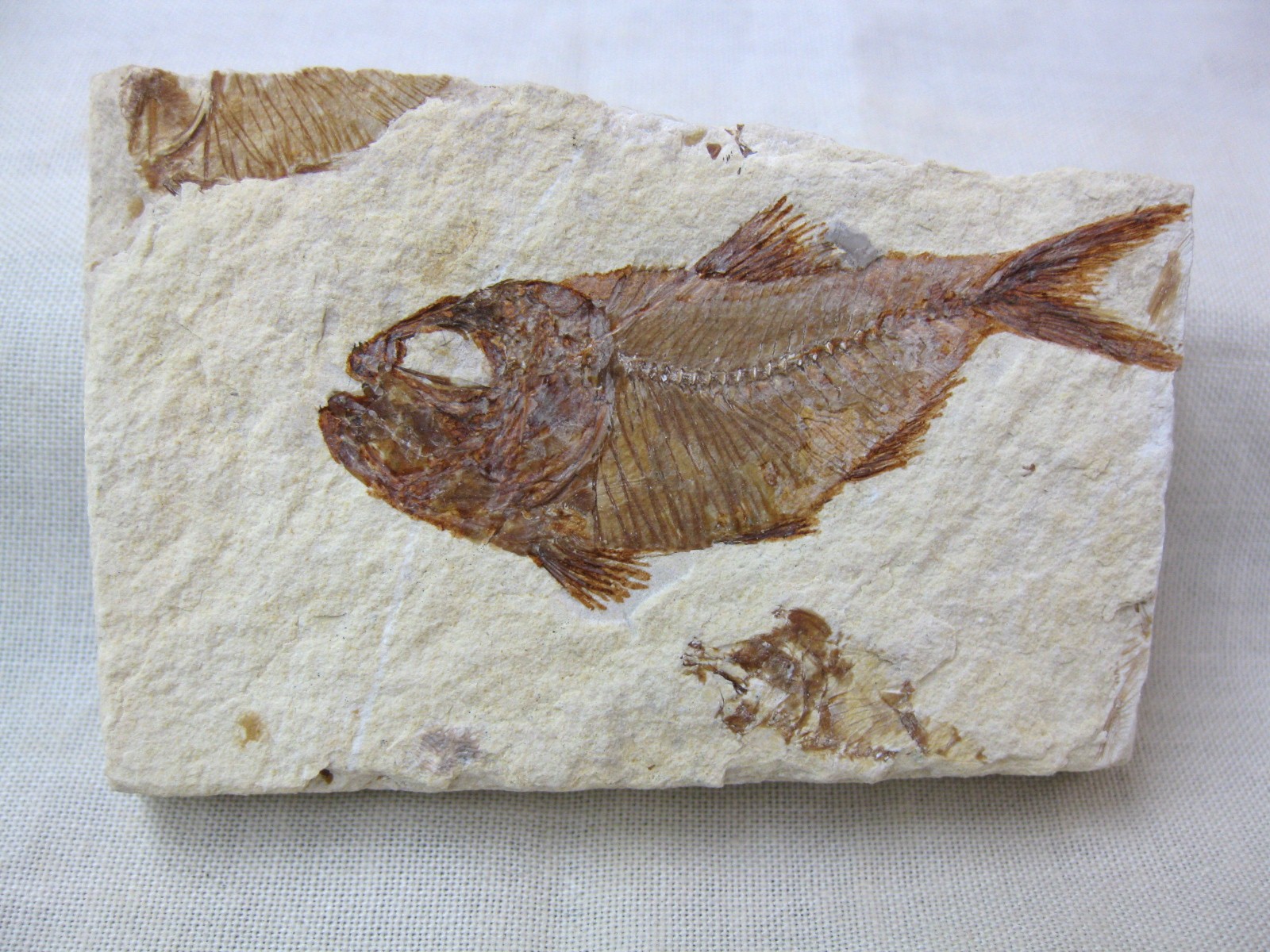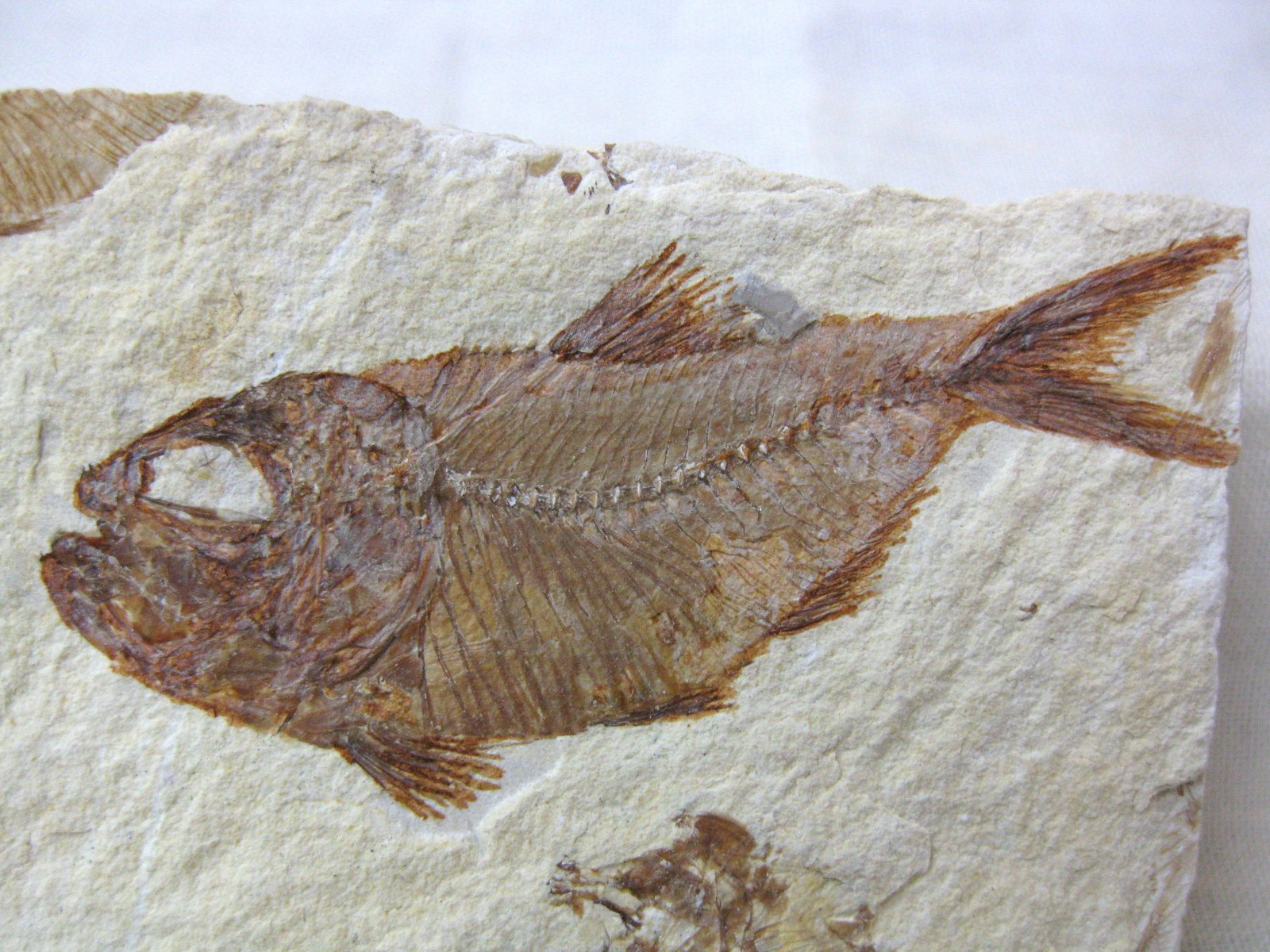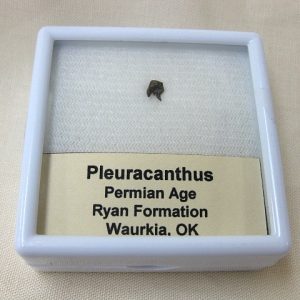Description
- Cretaceous Fish
- Cretaceous Age
- Hajula, Lebanon
- Matrix measures approx. 2 11/16″ long
The paleontological sites of Lebanon contain deposits of some of the best-preserved fossils in the world, and include some species found nowhere else. The most famous of these is the Lebanese lagerstätten of the Late Cretaceous age, which contain a well-preserved variety of different fossils. The landscape of Lebanon has been subject to volcanic eruptions, tectonic plate movement, and the rising and dropping of sea levels. The Late Cretaceous was characterized by very high sea levels. During that time fossil-bearing limestone was formed.
There are three major fossil locations in Lebanon: Sahel Alma, Hajula and Hakel. Hajula and Hakel are each about twelve miles north-east of the coastal town of Jebeil, the ancient Byblos. Hajula is situated six miles south of Hakel; and between the two villages there are two westward-projecting spurs of Mount Lebanon and an intervening valley. Both villages are approximately 2500–3000 feet above sea level. In both places there is clear evidence of faulting by which the fish-bearing strata have been lowered into the midst of older strata. Those at Hakel have been lowered to the level of the hippurite limestone of Lebanon, being above the trigonia sandstone. The Hajula beds are thought to be an extension of those at Hakel. The study of fish fossils appears to show that the horizon of the beds at Hajula is somewhat higher than that of the beds at Hakel.






